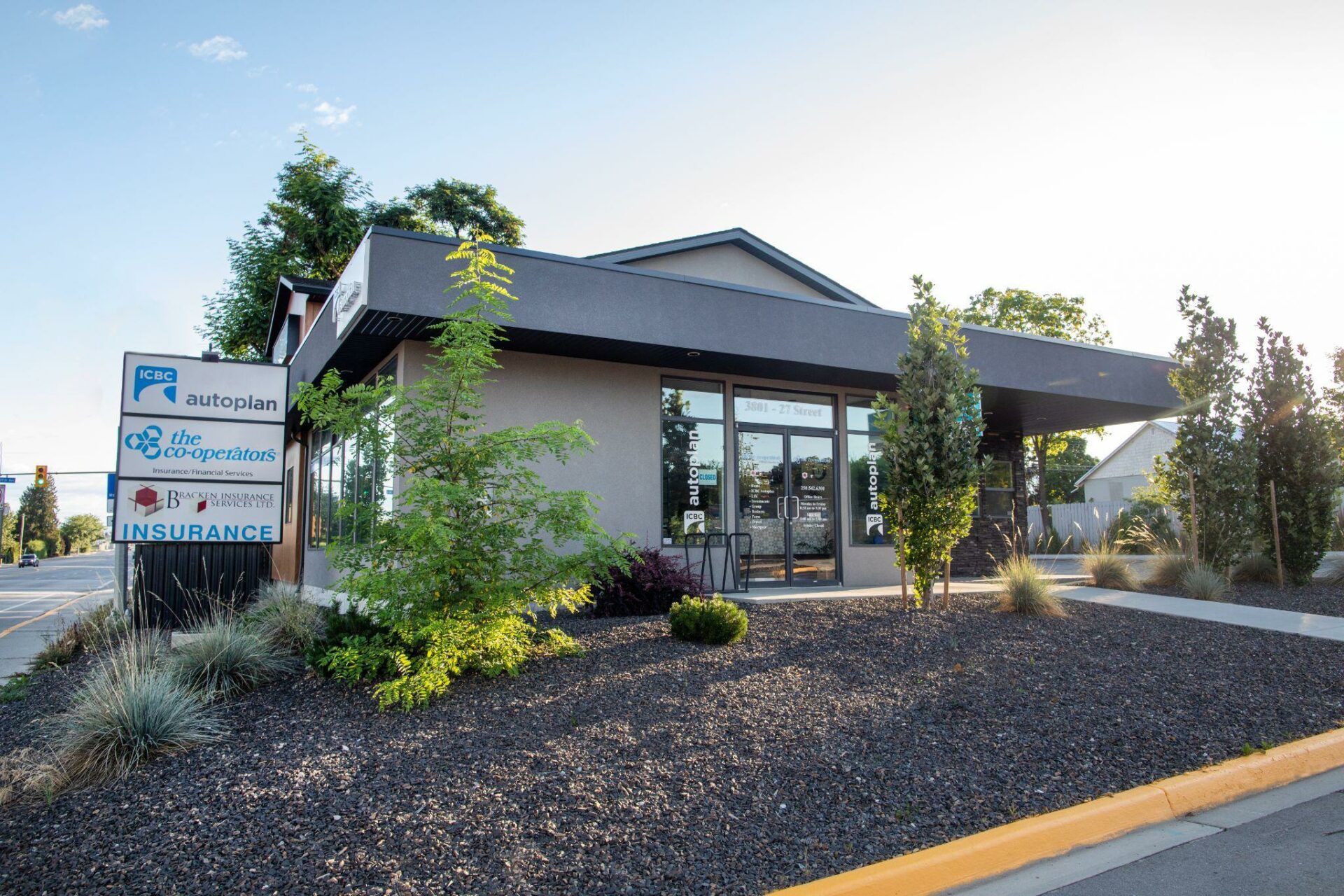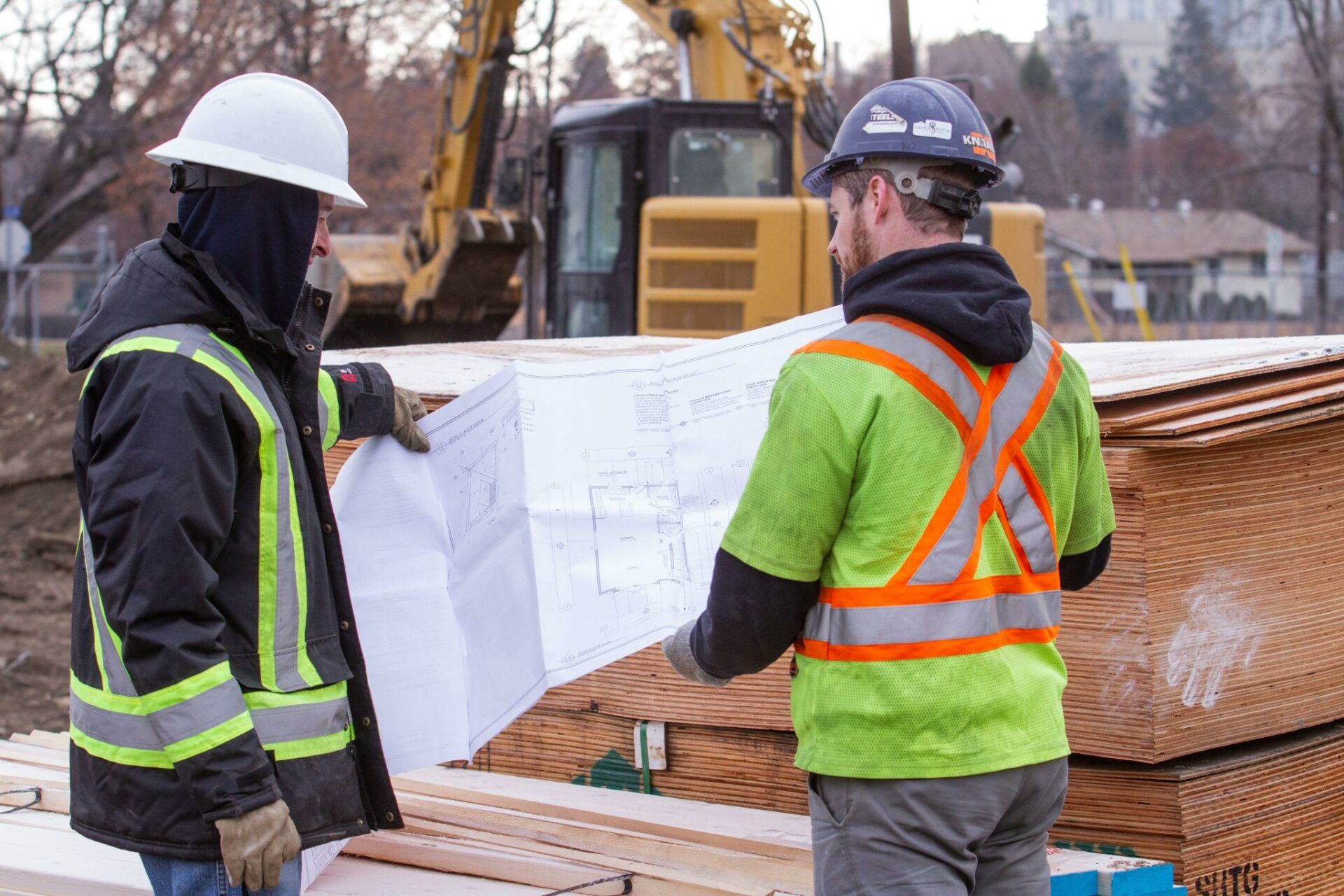
Introduction
The workplace has forever changed since pre-covid days. Working remotely for extended periods of time has changed our relationship to work and enhanced the need to create a work-life balance. For many large companies it’s made them reconsider how their office or storefront spaces operate as a whole, with more people inclined to choose a hybrid working environment over being in the office five days a week or being fully remote.
These companies that have adapted to this change early have reflected this, and are looking to redefine their brands as well as their spaces to accommodate better for this hybrid or flexible working environment.
How office buildings have evolved
What does a “hybrid office” design look like exactly? Hybrid offices have responded to the shift in using spaces more collaboratively and to the ease of communication between on-site employees and remote ones. This could include the integration of more small, private shareable spaces for conference calls, more collaborative breakout spaces as well as informal lounge areas for socialization.


Employee wellness has also been increasingly top of mind for employees, as health concerns and our overall well being have been at the forefront of our minds for the past little while. Some considerations for employee wellness for the design of an office space might include, ensuring spaces don’t have a “sterile” feel, and are “warm” and welcoming environments that make employees want to stay. Other spatial design features could include more access to natural lighting, and using comfortable, flexible work spaces such as sit-stand desks and informal workstations that accommodate different modes of working.
The office remains a social anchor
While the typical commercial office has changed drastically over the past few decades, from industrial looking cubicles, and heavily-tech integrated spaces, to one that’s more collaborative and wellness-focused, one thing that has remained constant after pre-pandemic days is that the office has remained a social anchor in our daily lives.

Design considerations
Some important design considerations that come with redesigning a office space for “hybrid” work might include:
- Utilizing large open area collaborative spaces for high-energy team sessions
- Smaller huddle spaces for brainstorming
- Designated “quiet zones”, which could be booths for private calls or library areas for professional/personal development
- Small informal areas for one-on-one meetings
- Hybrid “town hall” spaces equipped with screens for hosting team meetings
- If the property has access to the outdoors, utilizing a designated space as a break or covered outdoor lounge space
Conclusion
When choosing to renovate, build, or reconfigure your new commercial office, working with an experienced builder provides you with the expertise in designing flexible-livable spaces. Although it is impossible to completely future-proof your space, we consider all feasible options before we land on one that’s best suited for your commercial needs. If you’re planning to develop a commercial property in the Okanagan area, Brentwell is ready to help with your project and support your business’s unique needs!

For more blogs on commercial offices see: